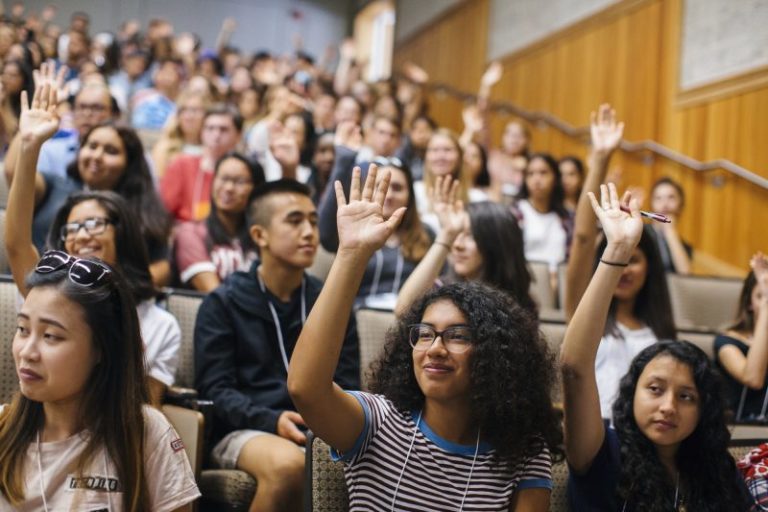Contests for one-on-one sit downs with presidential candidates have long been a fundraising tactic…
We All Have a Responsibility to Ensure Women Candidates Receive the Coverage They Deserve

In a 13-paragraph article published on June 28, 1924 on Lena Jones Spring – the first woman placed in nomination for Vice President by a major party – the New York Times called her the “handsomest in the convention,” commented that she didn’t look old enough to meet the Constitutional age requirement, and compared her accomplishments only to other women. Oh, and they only referred to her as “Mrs. Leroy Springs” – never mentioning her own name.
We have come a long way. As this decade comes to an end, five women are running for President of the United States, 23.4% of the House of Representatives are women, a quarter of the U.S. Senate are women, and women make up 28.9% of state legislatures. However, as Senator Klobuchar (D-MN) pointed out at last week’s debate, “Women are held to a higher standard. Otherwise, we could play a game called name your favorite woman president, which we can’t do because it has all been men.”
We have come a long way – but have a long way to go.
With a year left until the 2020 elections, we must all become more diligent in ensuring women candidates aren’t disadvantaged by differences in how they are covered or portrayed in the media.
Unfortunately, too often, women candidates are portrayed as novel – especially at the national level – and the types of coverage they receive by the media is different than male candidates. Research has found different reasons for the discrepancies, and, it is true, some of the reasons may not be due to bias. For example, women candidates are more likely to be challengers and may have less money or opportunities for coverage, and often women candidates talk about themselves as a “mother” or focus on women’s issues in their policy agenda so that coverage isn’t necessarily happening because of what the media is choosing to write about.
Whatever the reason though, the way candidates are covered impacts how voters make decisions about their qualifications and impacts their electability. From what is covered, to the adjectives used, to the aspects that are too often focused on for women candidates – such as their appearance, their clothing, their husbands and kids, and even the pitch of their voice or their emotional state – the differences in media coverage that women candidates often receive impacts how voters perceive them and whether female candidates are viewed as electable.
In 1992, I wrote my undergraduate senior thesis on Gender Bias in Media Coverage. At the time, nearly 30 years ago, seminal research by Kim Fridkin Kahn had found that women running received both less coverage and more negative coverage than male candidates. Last month, a new report analyzed social media narratives around female candidates and found them to be more negative and more often focused on issues of character then coverage of their policies. So, while a lot has changed, we have a long way to go. A couple of ways we as voters can fulfill our responsibility to treat women candidates fairly is to read more diverse news sources, demand that the media increase the diversity of their newsrooms and hold them accountable for stories or headlines that are biased due to the gender of the candidate, and become smarter digesters of current events – digging deeper than the headlines to learn what the candidates are saying and doing. Only then will we be able to make educated decisions about who to vote for and, only then, will we be able to stop talking about how far we have to go and focus on how far we have come.







